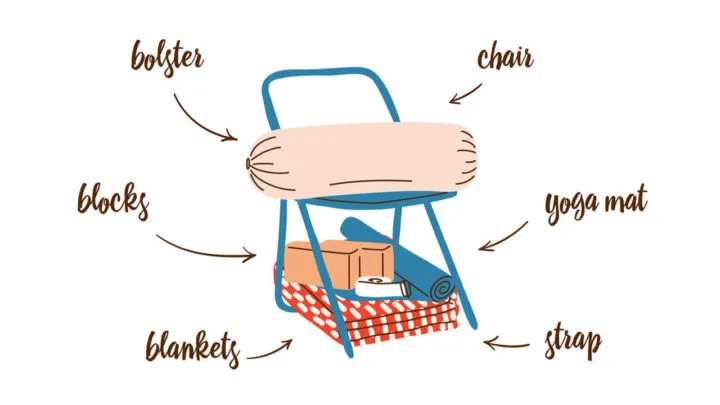I never wanted to practice yoga with props. I didn’t think they were necessary because I thought I was “good enough” at yoga to not need additional support. When I finally gave in and began using blocks my practice transformed, my body opened in new ways, and many poses felt much better for my body. Little did I know that there were more worth practicing with, and that I now consider the best yoga props to try.
While yoga blocks are definitely the most common yoga prop there is, don’t get fooled into thinking that they’re all you might need. Dive into the world of practicing yoga with props and you will thank yourself for trying and investing into the tools that will help your practice become even more refreshing.
Are yoga props necessary?
Nope. Not a single yoga prop, including a yoga mat is necessary to practice yoga. That’s the beauty and simplicity of yoga. But there is something to be said for yoga props as they can help assist, elevate, and provide additional challenges in your practice. They can also make your practice more accessible and comfortable which are huge bonuses!
What are the benefits of using props?
Whether it’s your first time stepping on the mat or your 10,000th practice, yoga props have benefits. A few of the benefits for all levels include:
- Providing length
- Assisting in building strength
- Supporting in additional comfort
- Improving posture
- Providing stability
- Aiding in accessibility
- Assisting in mobility
- Deepening a pose
- Encourages experimentation
Props for Yoga That Will Elevate Your Practice
Try adding one or more of these props to your yoga practice and I guarantee that you will be surprised! Remember to bring in each prop with an open mind, to experiment, and know that just like your practice, learning to use props for your body may take time, trial and error.
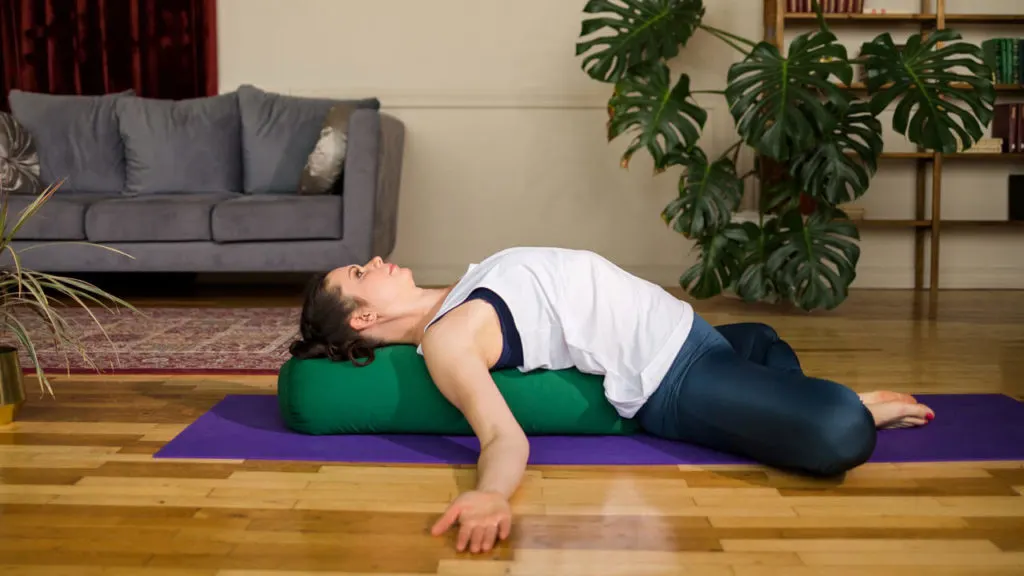
Yoga Bolster
A yoga bolster, in my opinion, is an absolute must when practicing yin or restorative yoga. A yoga bolster is a firm pillow that is long and either in a cylinder or square shape. These pillows come in a variety of firmness based on your preference and are an ideal yoga prop because they allow our bodies to truly let go and relax into a pose.
A yoga bolster is a great option to use instead of blocks as the softness of the pillow is not only more comfortable but is also bigger and quite supportive. A bolster can be used for backends, chest openers, forward folds, and generally as a cushion for your hands, wrists, elbows, and knees.
A bolster is a seriously great tool for everyone, even those with injuries and who are practicing while pregnant too. If your studio doesn’t have yoga bolsters or if you’re practicing at home then start with rolling a stiffer blanket or towel and you’ll be able to use it in many of, but not all, of the same ways as a bolster to feel the benefits for yourself. A mini bolster can be a great option too!
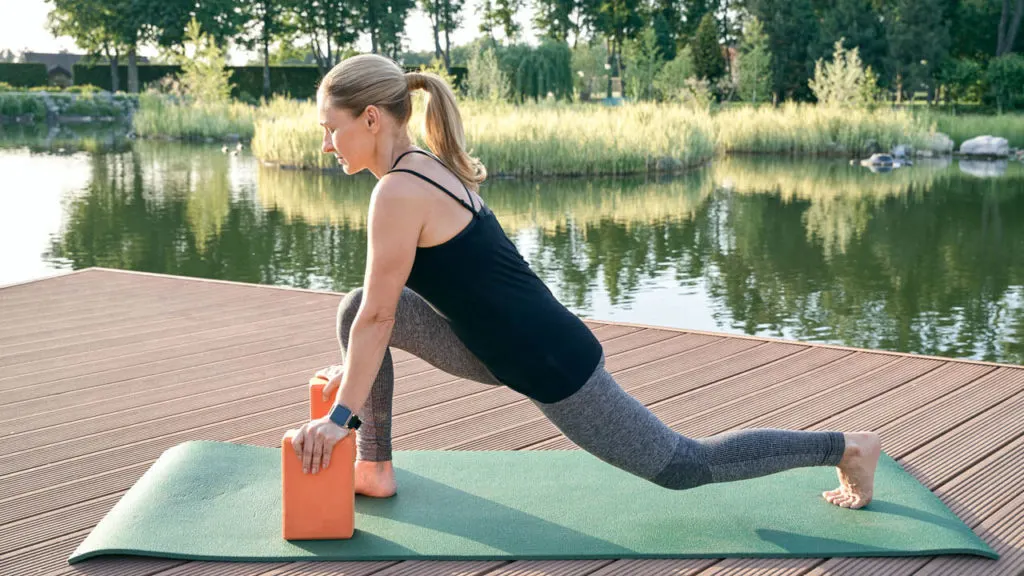
Yoga Blocks
If you’ve ever said no to using yoga blocks (also known as yoga bricks) because you think that you didn’t need them, then you are missing out! Yoga blocks can be used, and I believe should be used for all levels of yoga practitioners. Yoga blocks are rectangular in shape and are made of a firm foam or cork, the preference of which to use is completely up to you.
Used for far more than just “bring the ground to your hands”, yoga blocks help in lengthening, correcting alignment, making poses more accessible, strengthening, support, adding a challenge, and more. You can find many ways to use yoga blocks in this article to try. While one yoga block will suffice, I recommend having two for length when supporting the spine or when using a block under each hand.
Yoga blocks are a little tricky to replace. A water bottle or a book will sometimes suffice, but not for all yoga block uses. I highly recommend buying two blocks to use in your practice as they’re quite affordable and can be used often!
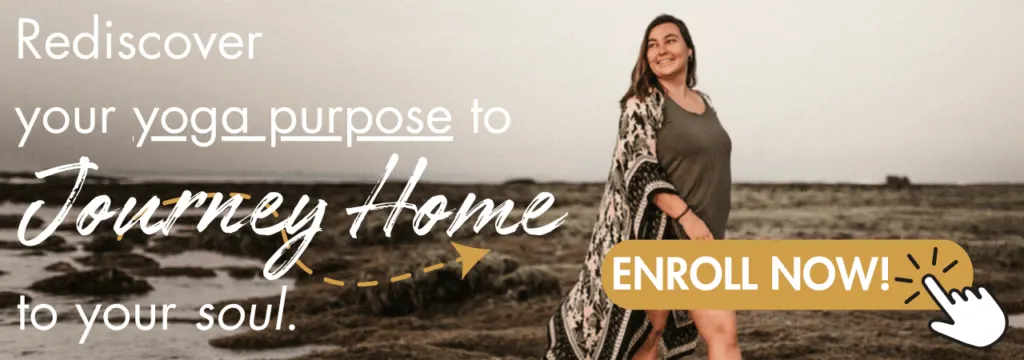
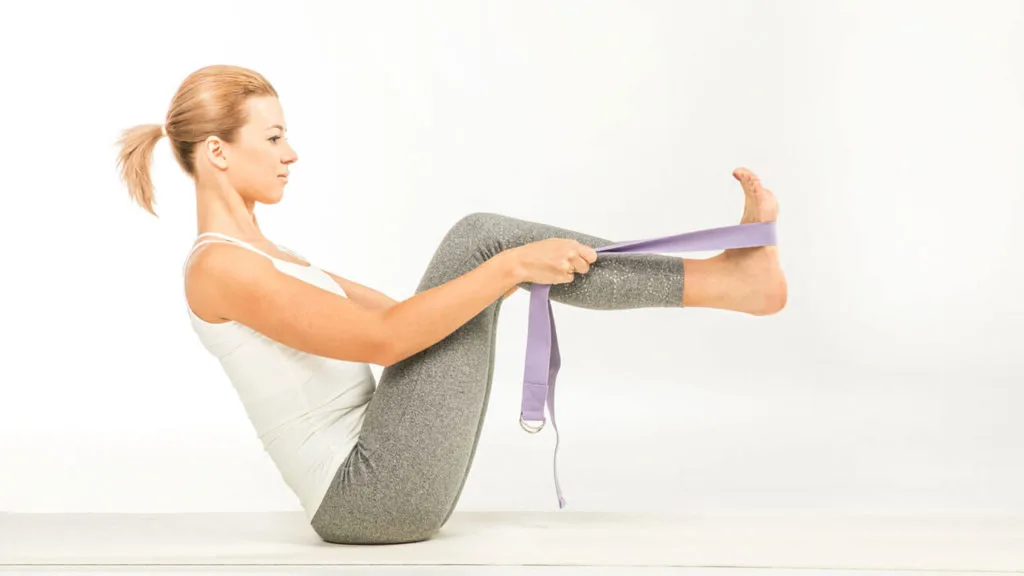
Yoga Strap
Yoga straps or yoga belts as you may hear them called, are often at studios, but not often used. And it’s a shame that they aren’t! This simple yoga prop does wonders for those with tight shoulders but can also be used in a multitude of ways for chest and shoulder openers, alignment, strengthening, and lengthening.
A yoga strap is a long fabric piece that may have metal parts in order to create loops to use around your body or feet that will help to hold your body in the desired position.
Yoga straps are great because they can also be used to carry your yoga mat! Instead of buying a strap I personally use my mat strap that has loops created on it that I adjust as necessary. For some poses, especially those that require you to reach behind your back and clasp your hands together, a small towel will even work.
Yoga Blanket
Yoga blankets have been trending in popularity lately as they help make your yoga practice even more comfortable and relaxing. Often used in restorative yoga classes, these Mexican-style blankets are most commonly made of wool and are used for support under the head, to provide cushion under joints, to elevate your hips in seated poses, and even used to put over your body for an extra relaxing savasana.
While yoga blankets are beautiful, you don’t need a specific yoga blanket to practice with. Just grab any throw that you have at home on your couch or bed and ta-da!
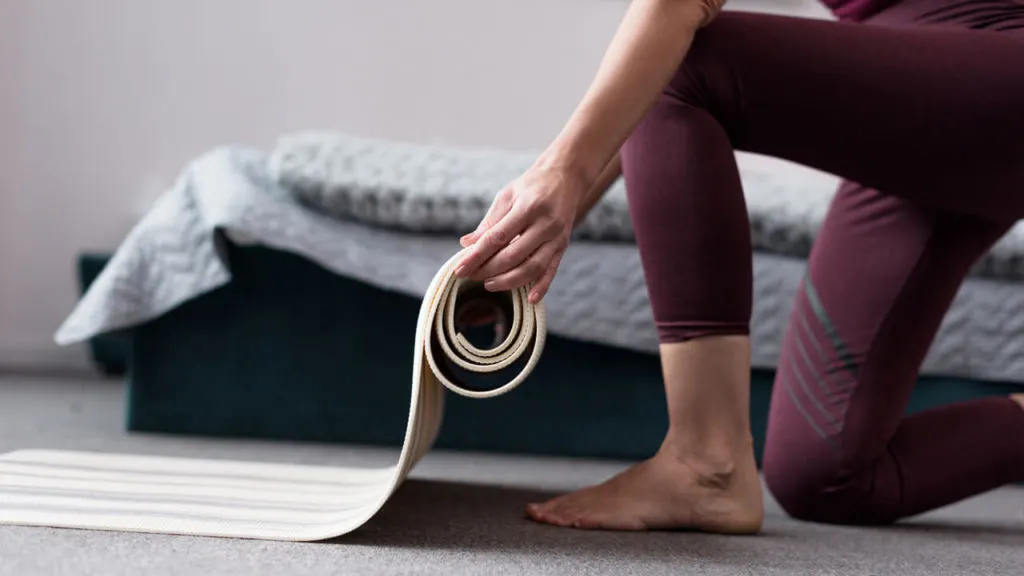
Yoga Mat
Last, and certainly the most important are yoga mats! As simple as it may seem to use or choose a yoga mat, there are most definitely things to consider. A yoga mat is a prop in itself as it provides cushion, support through stickiness so that you can focus on your form, and some even assist in alignment. New mats are now on the market that have lines on them to help such as the mat from Liforme.
While there’s no need to overcomplicate what yoga mat to practice on as we need to remember the simplicity of a yogi’s practice, here are a few things to take into consideration:
- Mat thickness
- Mat length
- Mat stickniess & texture
These three elements are really all you need to think about, and perhaps how eco-friendly a mat is (many are made with rubber), unless you are looking specifically for a travel yoga mat. Get a thicker mat if you prefer extra padding or have sensitive joints. Get a longer, non-standard length mat if you are taller than average. If you practice hot yoga be sure to go for a mat that is plenty sticky and has enough texture that you’re not slipping.
The last thing you want to be thinking about during a yoga class is how much pain your knee is in while doing a low lunge or your hands slipping in downward dog. Neither offers much relaxation, so if you’re going to invest in a yoga prop, most definitely let it be your yoga mat. Don’t rely on those cheap mats you may have laying at home, they will most likely not cut it for your practice.
Other Yoga Props Worth Considering
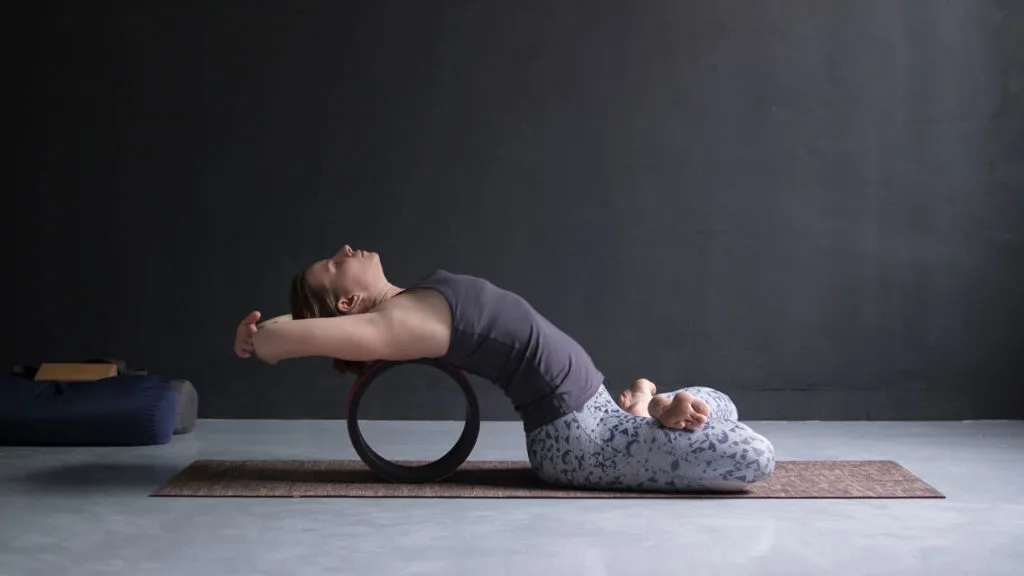
Yoga Wheel
A yoga wheel is exactly how you’d expect it to look. A round “wheel” that is hollow on the inside. While this prop is not often seen in studios, it’s a favourite tool for many and you may have seen this prop gaining popularity on Instagram. A yoga wheel can be used for balance training, strengthening, massaging, mobility, and lengthening. Some love it, personally I skip it!
Yoga Wedge
A yoga wedge is a go-to prop for those with sensitive wrists, wrist pain, or shin splints. Made of foam similar to that of a foam yoga block, a yoga wedge aids in providing support for joints and elevating the areas where pain is felt most commonly. This can include placing your hands on a wedge during downward down, or under your heels in a yogi squati to help with shin splints or tight hamstrings.
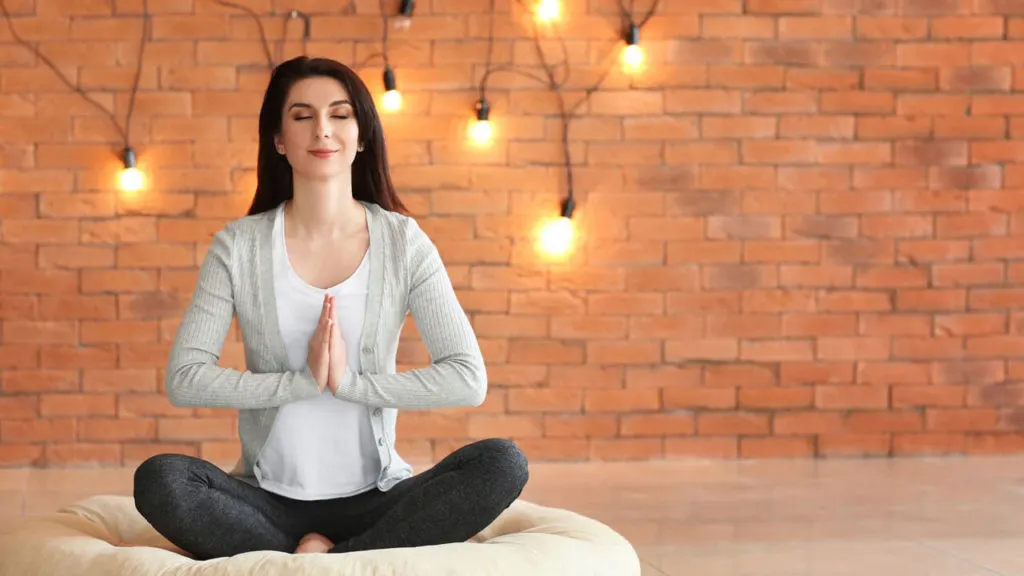
Meditation Cushion
Meditation cushions come in many shapes, sizes, and forms, and are a lovely way to make your meditation more comfortable. While a regular pillow from home can do the trick, I find a meditation cushion is worth it because it doesn’t sink like a filled, fluffy pillow. A range of heights are available for meditation cushions so try sitting on things of the same height to see what’s most comfortable for you before purchasing or go based on how comfortable sitting on a block is. Personally, I prefer lower than a block but I also have quite open hips and I opt for a half moon shape over a round option.
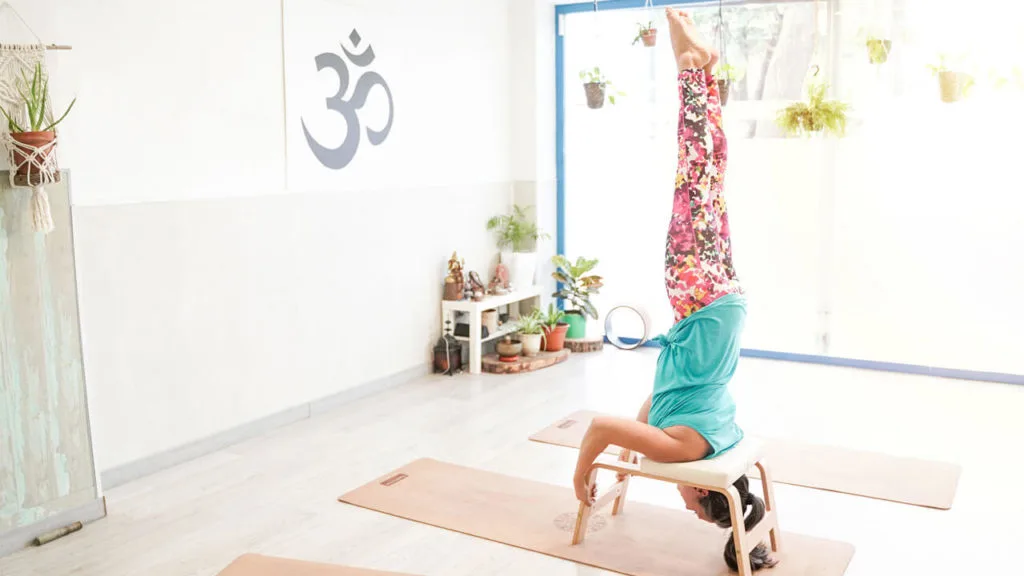
Headstand Bench
While some will discourage the use of a headstand bench and encourage you to learn how to do a headstand with your body alone, a headstand bench can come quite in handy for those who want to get upside down. The original FeetUp Trainer will help you get into inversions without the full strength of your arms as your shoulders rest on the trainer, your head hangs towards the ground.
What’s next?
- Begin exploring what you need from your practice (& what props you like!) with my Journey Home program
- Want to explore beyond the physical? Sacred Exploration, my yoga privates, will support you through relinquishing your mental blocks. Book your intro session today!
- Experiment with your yoga practice with vinyasa, yin, and gentle classes on my YouTube channel

